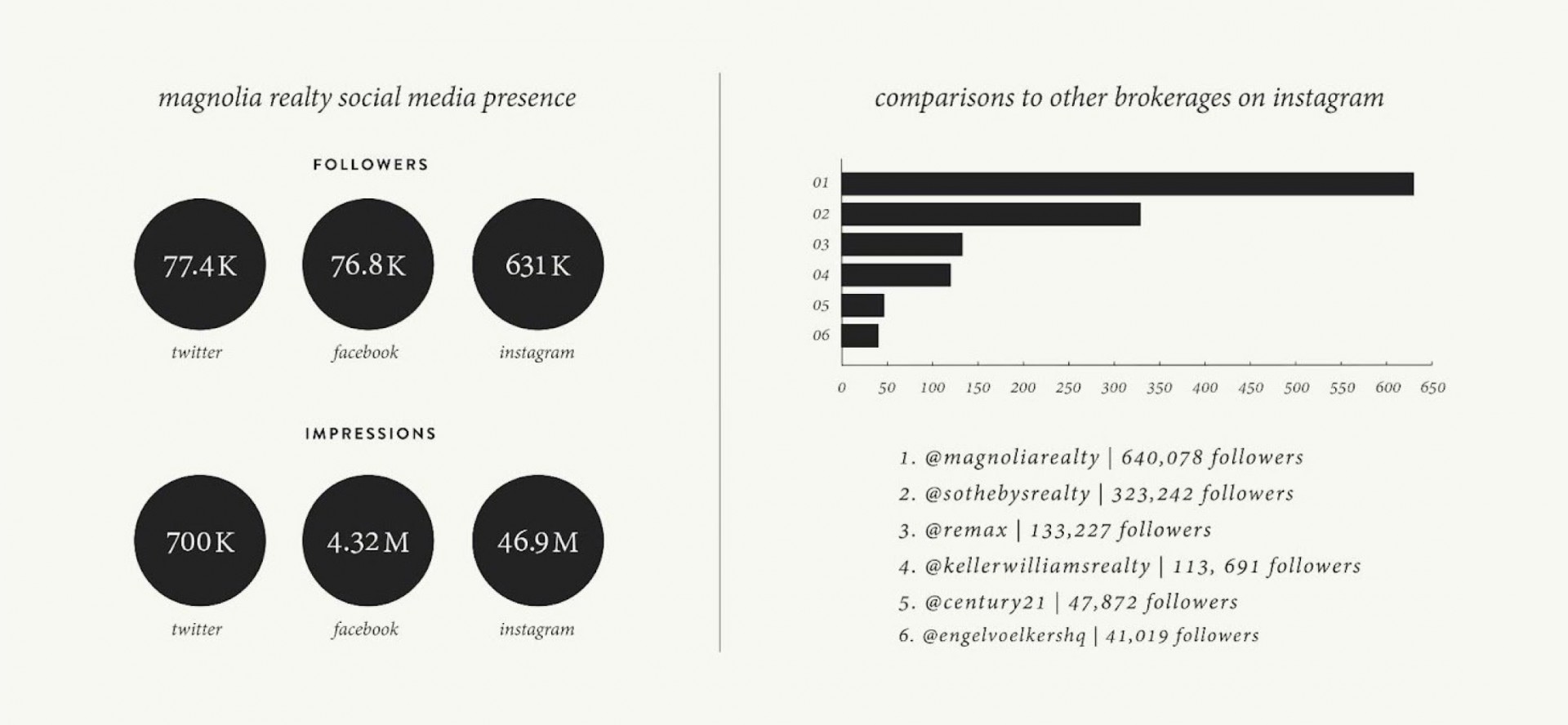In kitchens, baths, and laundry rooms, countertops handle so much of the work we do at home. We need them to be strong and durable, yet also beautiful. Whether they blend seamlessly into your spaces or add a layer of personality, the right materials set the tone for the room they’re in. When we commit to countertops that look great and work hard, the investment offers returns we can enjoy daily.
MATERIAL MATTERS
In kitchens, baths, and laundry rooms, countertops handle so much of the work we do at home. We need them to be strong and durable, yet also beautiful. Whether they blend seamlessly into your spaces or add a layer of personality, the right materials set the tone for the room they’re in. When we commit to countertops that look great and work hard, the investment offers returns we can enjoy daily.
Soapstone

Pro: Easy daily maintenance
Con: Susceptible to chips and dents
Composed of magnesium-rich talc and other minerals, soapstone is heatproof, nonporous, naturally stain-resistant, and requires no sealant. It’s also naturally antimicrobial—a nice bonus in kitchens and baths. Over time, the charcoal gray stone oxidizes, lending it a deep patina. Softer than other natural stones, soapstone is more susceptible to dents, chips, and scratches, but it’s also easier to shape and install.
Marble

Pro: longevity
Con: stains more easily than other natural stones
From milky white to smoky blue-gray, marble’s colorful veining depends on the minerals present where it’s mined. Most Italian marbles come from the region around Carrara, where clay and iron oxide tint the natural calcite limestone. Although beautiful and durable, marble is susceptible to staining. It requires regular sealing or a good polish to restore a well-worn surface.
Concrete

Pro: Customizable and hard-wearing
Con: Porous and prone to staining
Durable and distinctive, concrete is an easily customizable material. Skilled DIYers can install their own concrete counters. Alternately, precast options exist, which reduce the risk of cracks that can happen with poured-in-place counters. Sealants help protect from heat, scratches, and stains. However, concrete shows marks over time. Embrace the imperfections, and it’s a great-looking, hard-wearing material.
Quartzite

Pro: Durability
Con: Limited color choices
One of the most durable materials on the market, quartzite looks similar to marble but is harder and less porous. Formed from quartz sandstone compacted by heat and pressure, quartzite is a natural stone that requires regular sealing. Its strength makes it useful in any room, but that hardiness translates to higher costs for cutting, shaping, and installation.
Quartz

Pro: Low maintenance
Con: Heat sensitive
Unlike quartzite, quartz countertops are engineered from resin, minerals, and pigments. Because it’s manufactured, quartz doesn’t require sealing and can be crafted to resemble any material, such as granite or marble. Finishes are similar to natural stone, and it can be polished, honed, or leathered. Quartz is easy to care for, but high heat can cause burn marks.
Granite

Pro: Resists scratches
Con: Requires regular sealant
This natural stone is known for durability and can easily withstand the wear and tear of daily use. To keep granite stain-resistant, a sealant is required. Some granite slabs have more natural pattern or “movement” than others, so making sure the style of a particular slab is a match for your space can take more time and energy.
Butcher Block

Pro: functional and affordable
Con: requires regular upkeep
Butcher-block and solid wood countertops are strong, simple, and available in many styles and species— from light maple to dark walnut. Wood counters inevitably collect water stains and scratches, but this forgiving material can be sanded and oiled for a quick refresh. Proper care calls for a coat of mineral or tung oil after installation and every year after.



THROUGH THICK + THIN
The thicker you go, the higher the price. For a high-end look on a tight budget, consider adding 1-centimeter laminated edges to the borders of a 2-centimeter countertop.
THE FINISH LINE
Most standard counters come polished, but you can request a matte finish. Be prepared to pay extra for an involved process such as leathering.
Polished
Stone has a high-gloss, reflective finish that’s easy to wipe down and keep clean.
Honed
Stone is sanded for a smooth, matte feel that’s subtler and helps to hide blemishes.
Leathered
Stone is sanded, washed, and brushed for a natural look that stands up to scratches.
ALL ABOUT EDGES
When choosing an edge, think about the thickness of your counters. A rounded bullnose might look timeless on a 2- or 3-centimeter counter but chunky on anything larger. For a modern look, try a straight or eased edge. In a more traditional space, an ogee detail can add elegance. Use this list to understand the most common options.


Bring Home Samples
Looking at materials in your space can help you envision how a countertop will complement other design choices in a room. Often it’s helpful to see how your lighting affects the appearance as well.
Balance Your Budget
Calculate the square footage of material you’ll need, remembering to factor in installation. Special edges and treatments add to the bottom line, as do cutouts for outlets, faucets, and cooktops. Keep in mind that people typically replace countertops only once every 10 or 15 years, so the money spent now will offer visual and tangible benefits well into the future.
This story was adapted for digital from the summer issue of Magnolia Journal.
Story by Sarah Coffey
Photography by Carson Downing
Produced by Scott J. Johnson














































